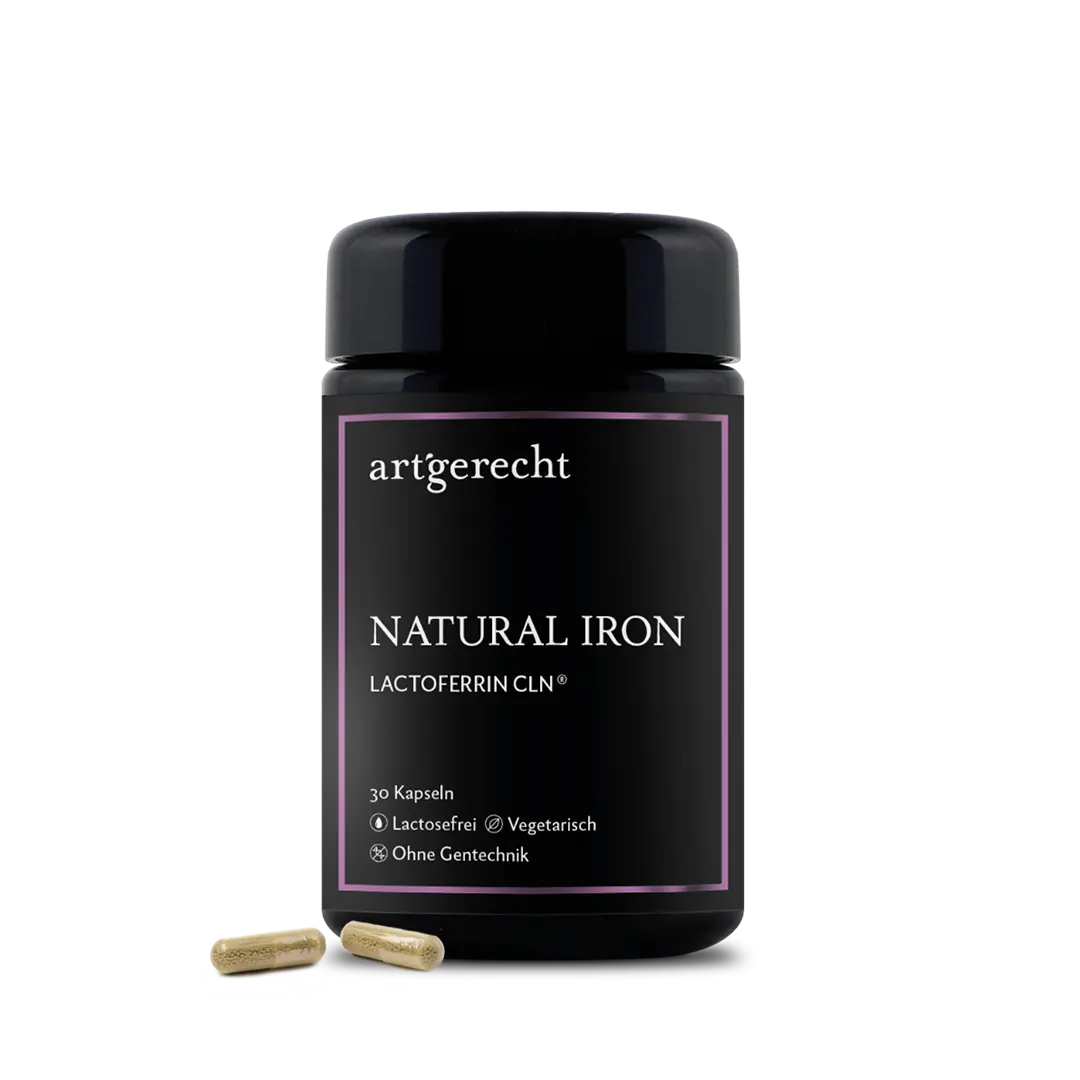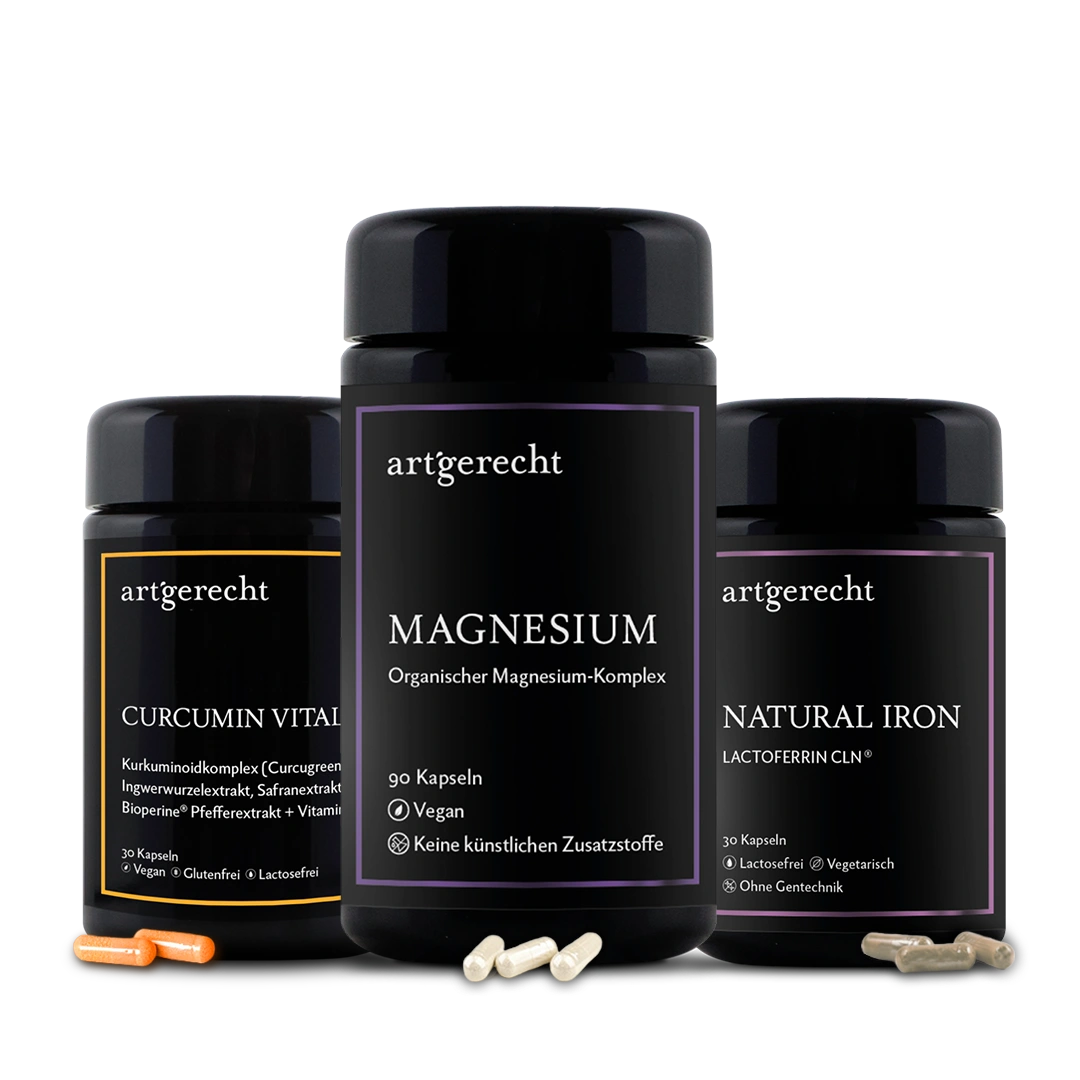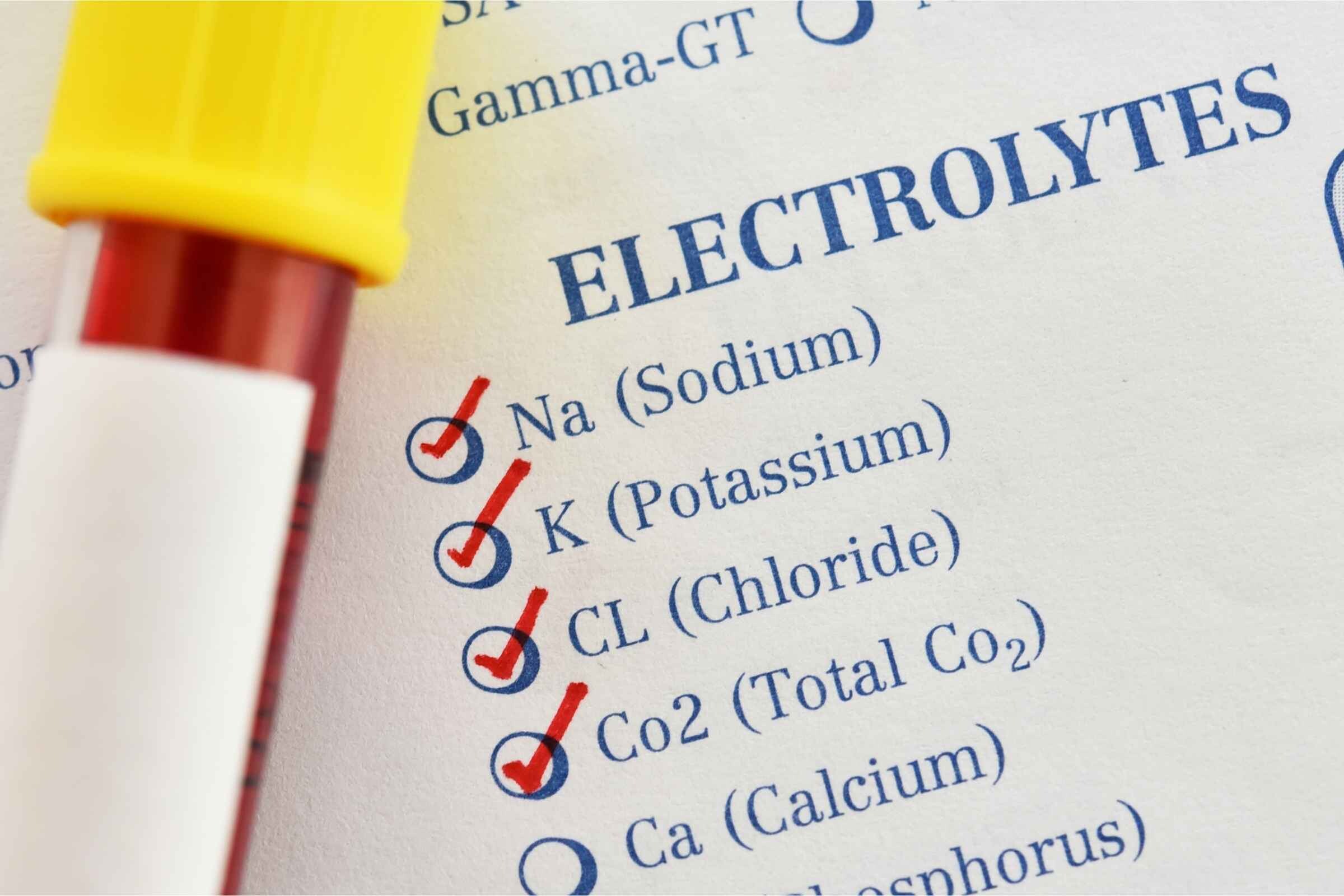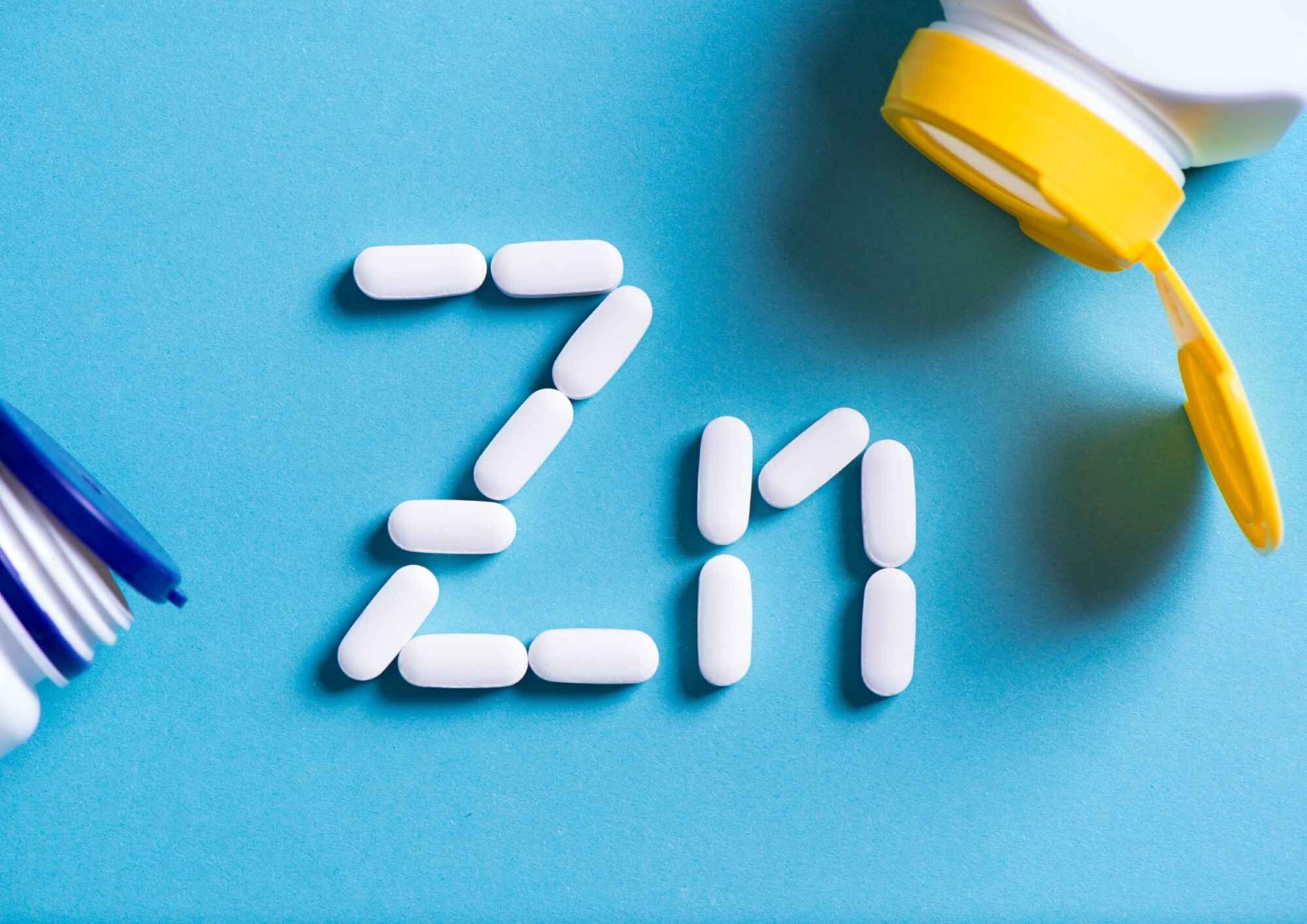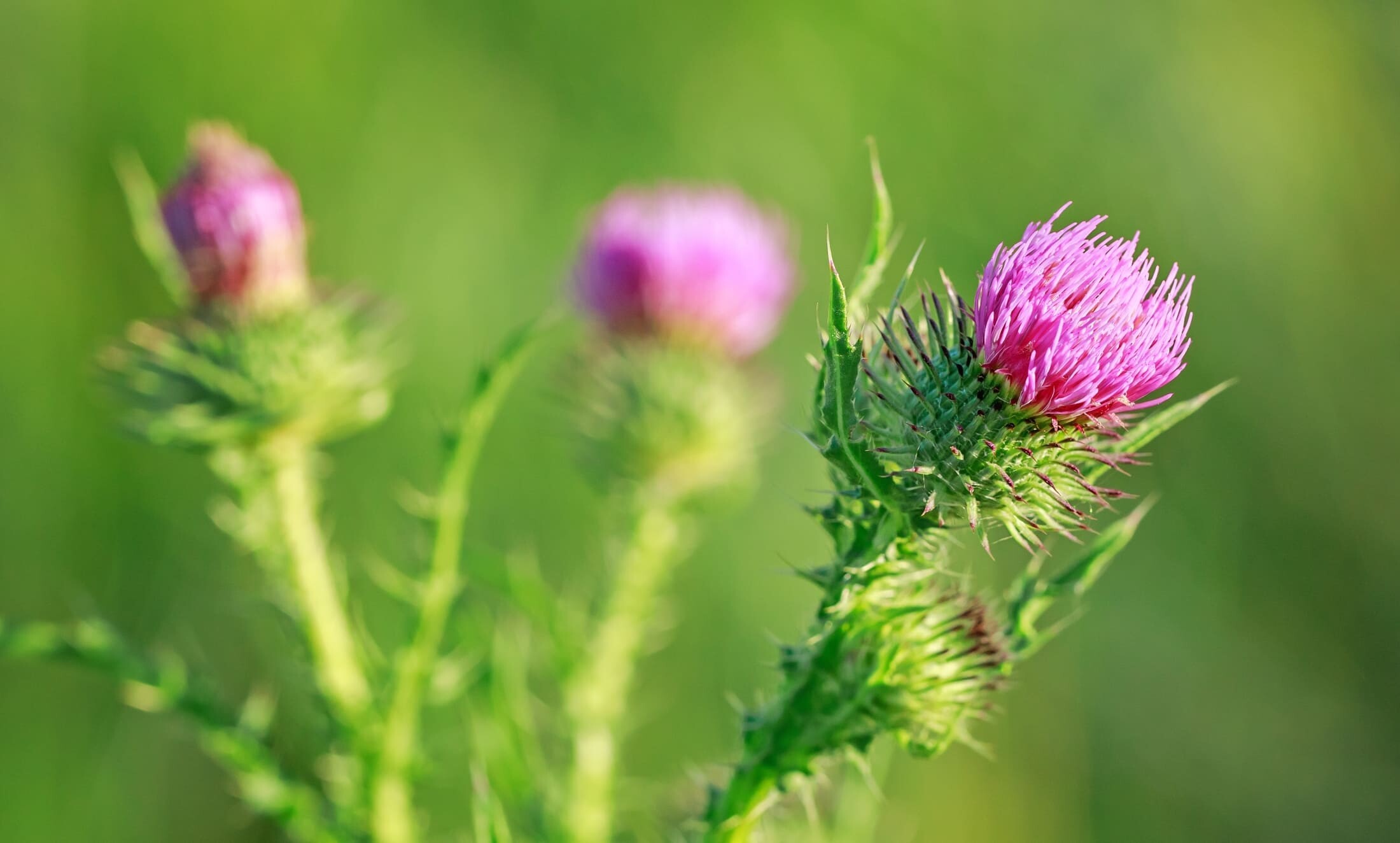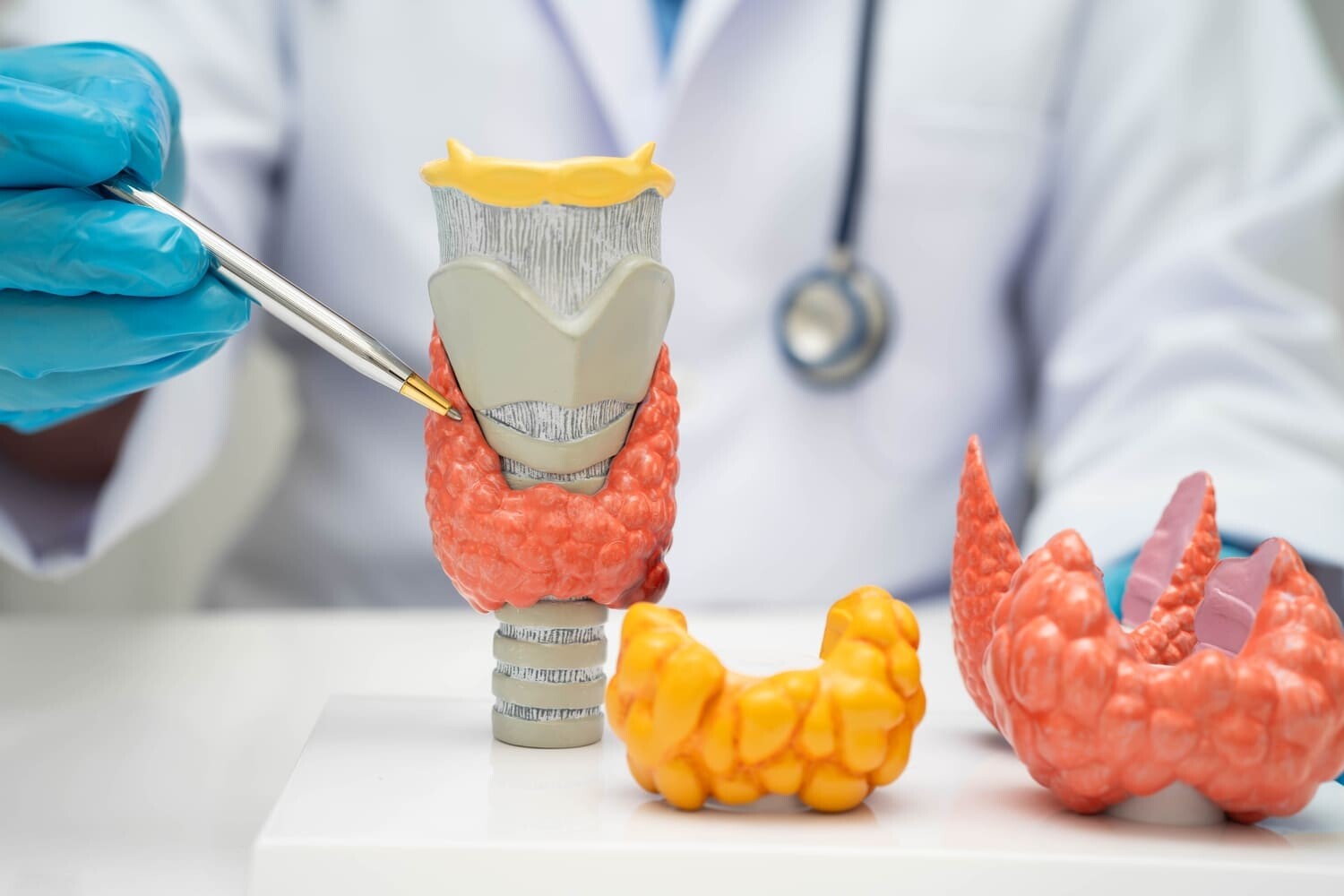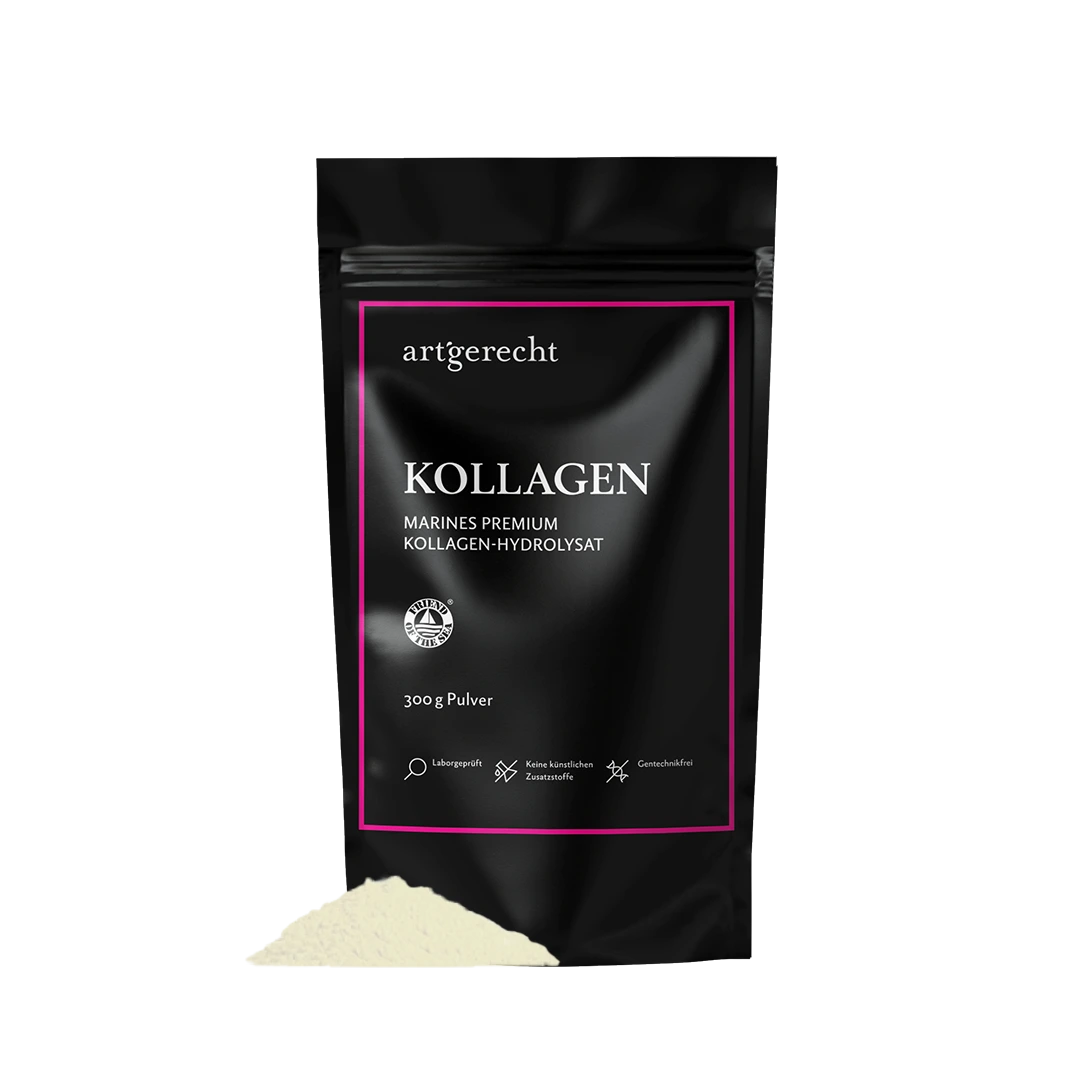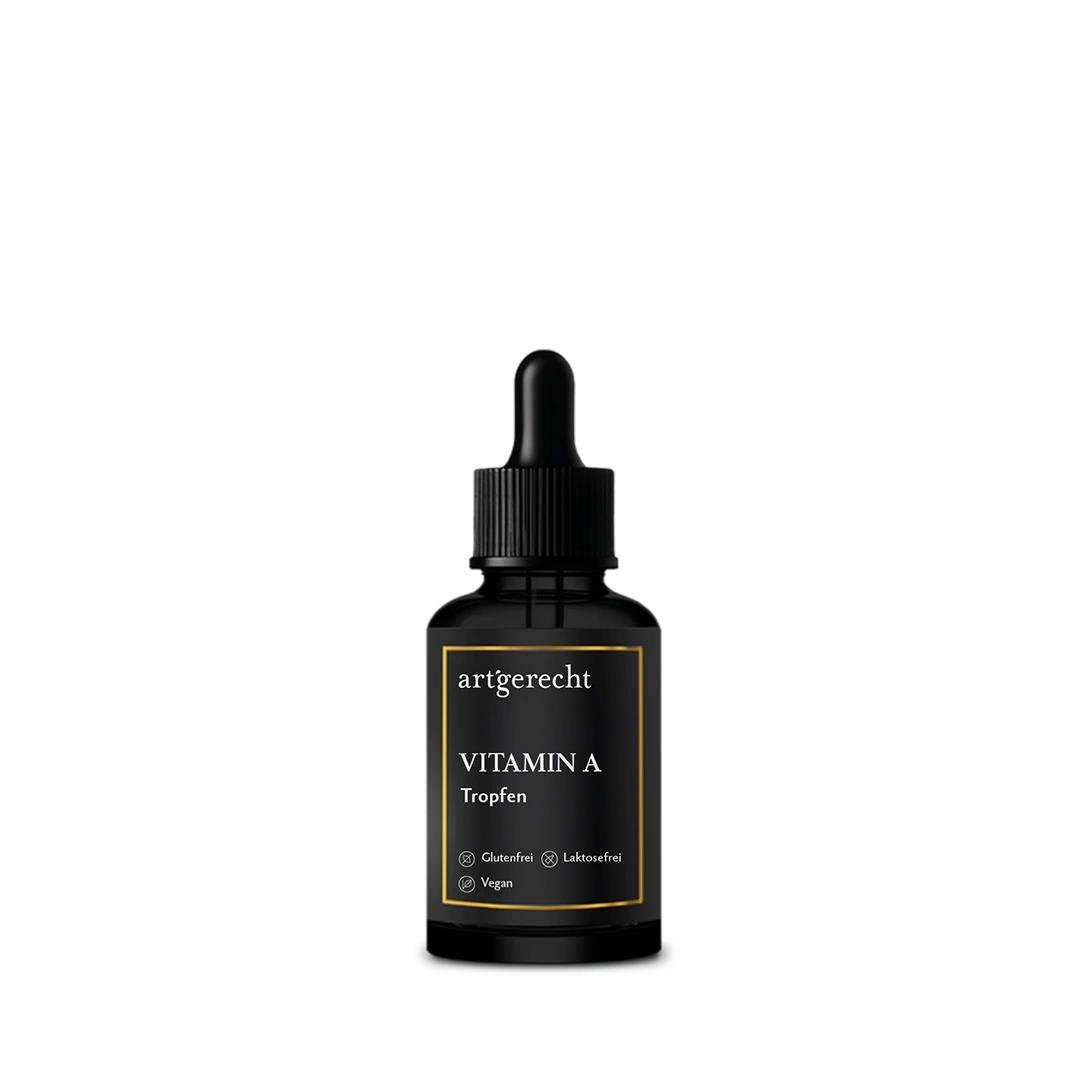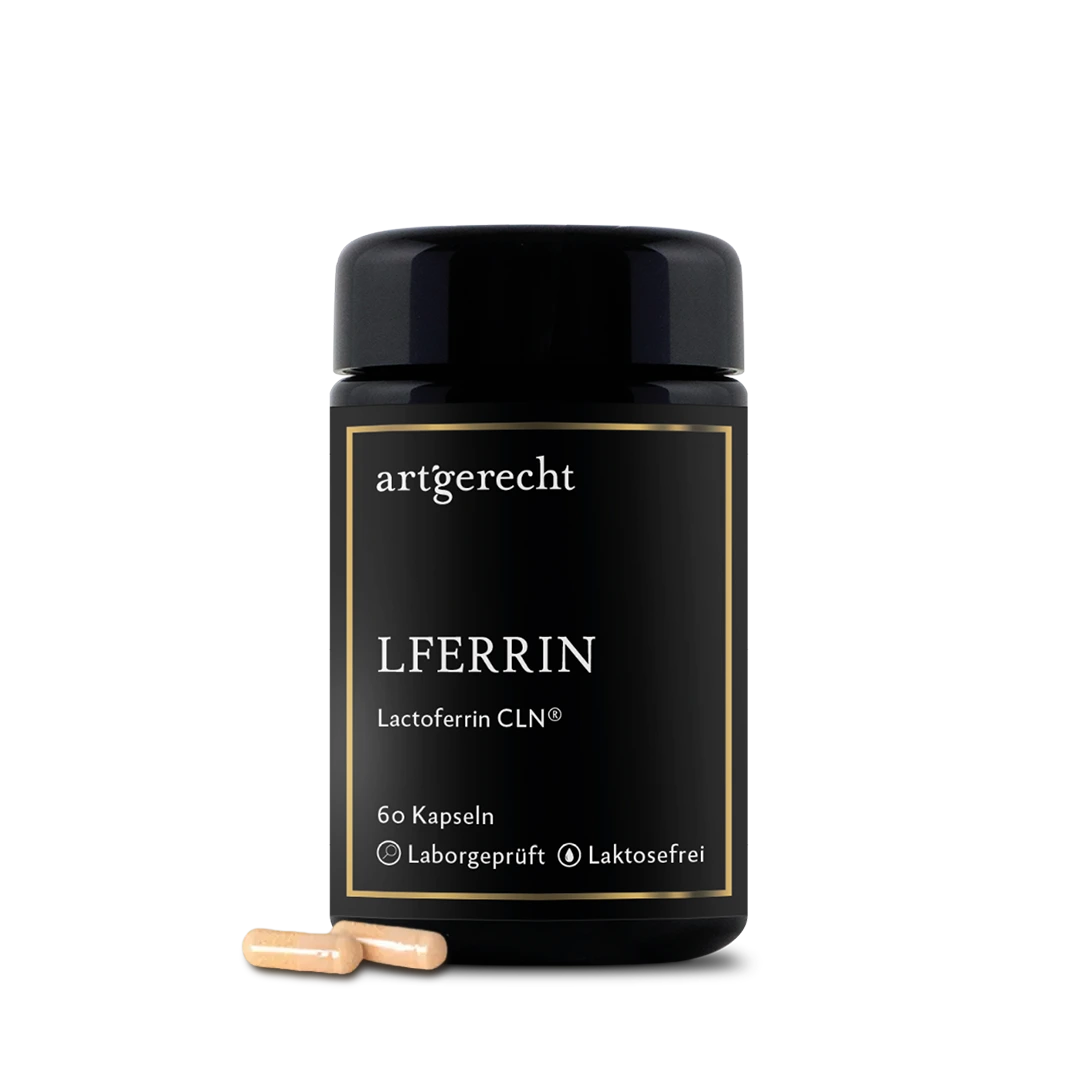Iron is an essential trace element that plays a crucial role in our body. It is responsible for the formation of hemoglobin in the blood, which transports oxygen and thus supplies all the cells in our body with energy. But what happens if the body does not have enough iron? Iron deficiency is one of the most common deficiency symptoms worldwide and can cause a variety of symptoms. Iron deficiency is the most common deficiency disease in humans worldwide and the most common cause of anemia, accounting for at least 50%. It is estimated that around two billion people worldwide suffer from iron deficiency. Here you can find out how to recognize iron deficiency.
The-most-common-symptoms-of-iron-deficiency- Fatigue and exhaustion A persistent feeling of exhaustion and listlessness is one of the first and most common signs of iron deficiency. As less oxygen is transported to the cells, the body lacks the necessary energy. Pale skin Iron deficiency can cause the skin to appear pale as there is less hemoglobin in the blood. This is particularly noticeable on the lips, the inside of the eyelids and the palms of the hands.Hair loss and brittle nails An iron deficiency can affect the structure of hair and nails. It is often noticeable that the hair becomes thinner or falls out more frequently and the nails are brittle.
- Headaches and dizziness If the brain is not supplied with sufficient oxygen, symptoms such as headaches, concentration problems or dizziness can occur.
- Heart palpitations The body tries to compensate for the lack of oxygen by increasing the heart rate. This can result in palpitations or an uncomfortable feeling in the chest .
- Weakness and loss of performance Sporting activity or even everyday tasks suddenly feel more strenuous. General muscle weakness can also occur. Cold hands and feet People with iron deficiency often have cold hands and feet, as the body supplies vital organs with blood as a priority.
- Changed taste Some people report an increased craving for certain foods or even unusual substances such as earth or chalk („pica syndrome“)
Causes of iron deficiency
Iron deficiency can have various causes, including:
- Nutrition: An unbalanced diet that contains few iron-rich foods such as meat, pulses or green vegetables.
- Blood loss: Menstruation, operations or internal bleeding can lead to increased iron loss.
- Increased need: Pregnancy, breastfeeding or intensive sport can increase the need for iron. Absorption disorders: Diseases such as celiac disease or chronic inflammatory bowel disease can impair the absorption of iron in the intestine.
Diagnosis of iron deficiency
If you suspect you have an iron deficiency, you should consult a doctor. A blood test will provide information about:
- Hämoglobin levels: A value below 12 g/dl in women and below 13 g/dl in men may indicate an iron deficiency.
- Ferritin levels: Ferritin levels below 30 ng/ml are often considered an indicator of iron deficiency.
- Transferrin saturation: Values below 20% often indicate iron deficiency.
Treatment of iron deficiency
The treatment depends on the cause of the deficiency. An iron-rich diet is often recommended, supplemented by iron supplements if necessary. Lactoferrin can also improve iron absorption in the intestine. Foods that are particularly rich in iron include:
- Red meat (e.g. beef, approx. 2.5 mg iron per 100 g)
- Liver (e.g. pork liver, approx. 10-20 mg iron per 100 g)
- Lentil fruits (e.g. lentils, approx. 7 mg iron per 100 g)
- Wholemeal products (e.g. oatmeal, approx. 5 mg iron per 100 g)
- Nuts and seeds (e.g. sunflower seeds, approx. 6 mg iron per 100 g)
Vitamin C can improve the absorption of iron, which is why it makes sense to combine iron-rich foods with vitamin C-rich foods such as peppers or citrus fruits. Lactoferrin can also be helpful, as it optimizes iron utilization in the body.
Iron deficiency is widespread but easily treatable if it is detected early. Pay attention to the symptoms mentioned and do not hesitate to seek professional help. Timely diagnosis and treatment can help to significantly improve your quality of life.Source: McLean E, Cogswell M, Egli I, et al: Worldwide prevalence of anaemia, WHO Vitamin and Mineral Nutrition Information System, 1993-2005. Public Health Nutr 12:444-454, 2009. DOI:10.1017/S1368980008002401

